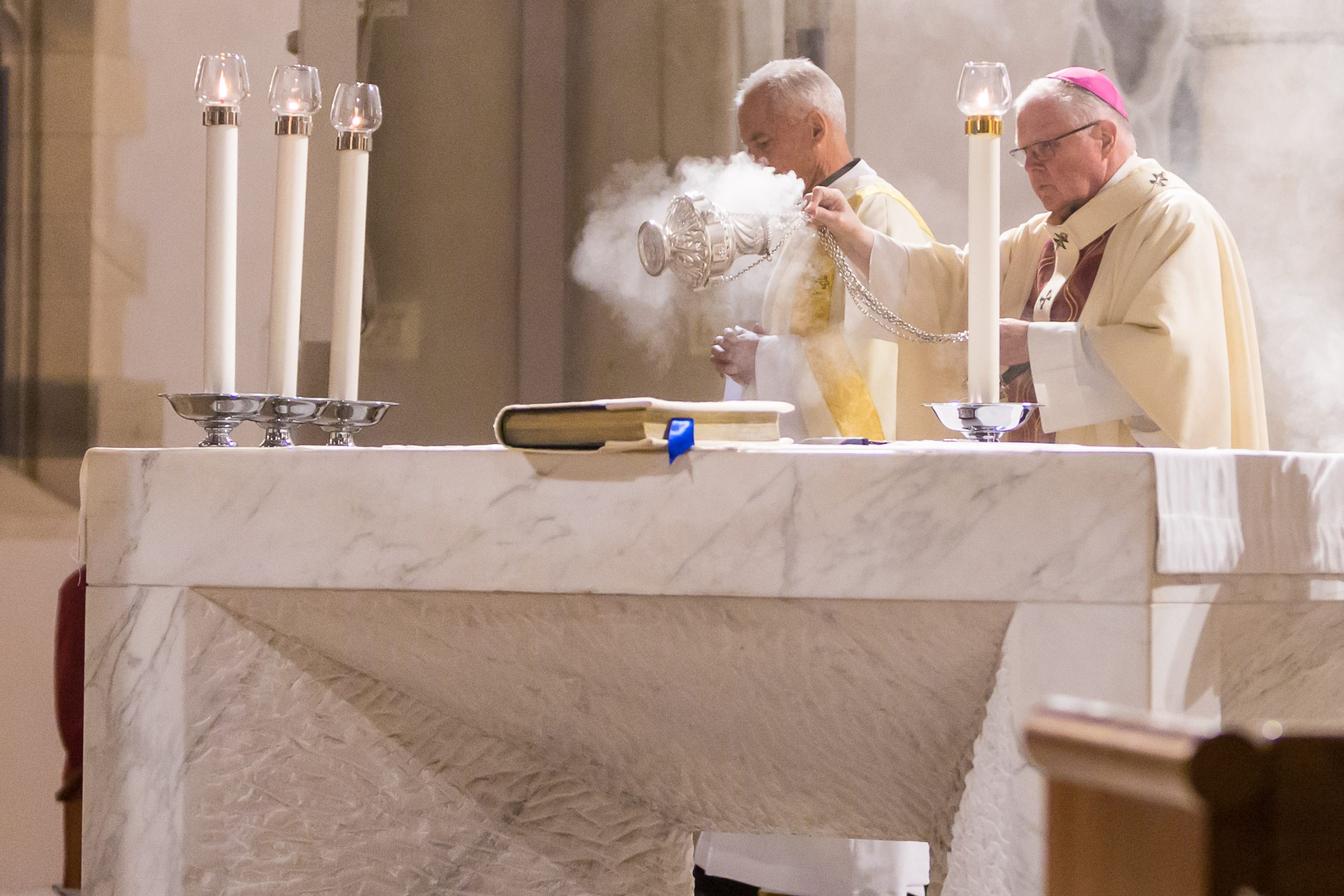A well-known word that is close in meaning to ‘liturgy’ is the word ‘worship’. But while worship can be done privately, ‘liturgy’ is always a public, group activity.
Like many other ‘churchy’ words, liturgy comes from the language used by the early church in its worship and writings. The word liturgy is derived from the Greek word leitourgia which was used to refer to any public work or function exercised by the people as a whole. The people who do the work of liturgy are the people of God, all the baptised.
A well-known word that is close in meaning to liturgy is the word worship. But while worship can be done privately, liturgy is always a public, group activity.
A working definition of liturgy that is helpful is ‘The official, public worship of the Church’.
Some of the best-known forms of liturgy in the Roman Catholic Church are:
In the Catholic Church, we worship using forms and patterns of worship that have developed during the Church’s 2000-year history. Every day of the year falls into a particular place into the Church’s liturgical calendar, and certain scripture readings and prayers are assigned for use at Mass each day. The celebration of the rites of Baptism, Marriage, Funerals and other sacraments are set out in the Church’s ritual books
Liturgy is always an action, something we do. It is a public action, a ritual action, and a symbolic action. It is in the proclamation of the word and in the breaking of the bread that we recognise Christ. We participate in the action of the liturgy by responding, singing, listening and joining the gestures.
